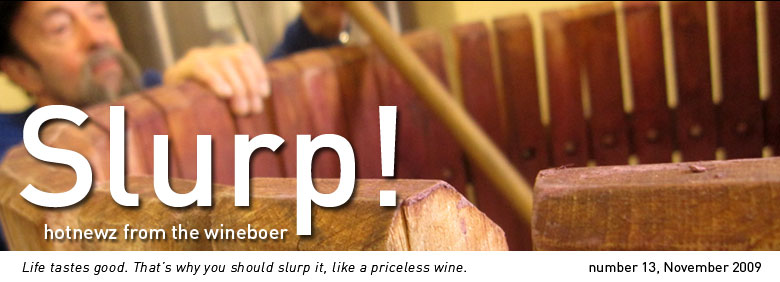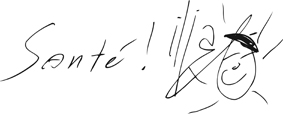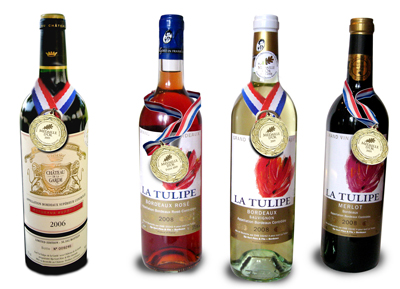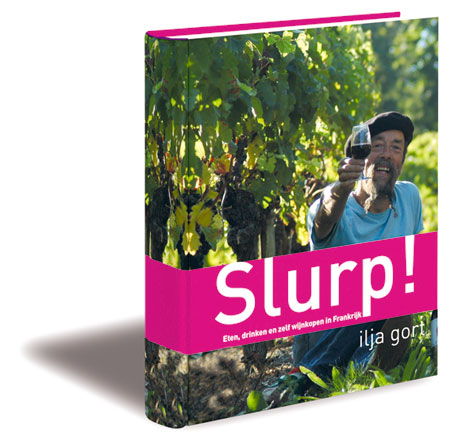| Âllo, âllo, Bonjour! |
Here we are again. Still flabbergasted by the results of the nation wide slurp research. In this edition of Slurp! the worrying results, plus a few other disclosures, like an autopsy of the wine bottle, a pile of merde and some cheese that’ll make you think twice about entering the room. |
Results of the nation wide slurp research Our research tells us however that three quarters of the Dutch wine drinkers swallows the wine without the necessary ‘slurping’ because slurping it is seen as ‘improper’ and ‘a repulsive noise’. |
|
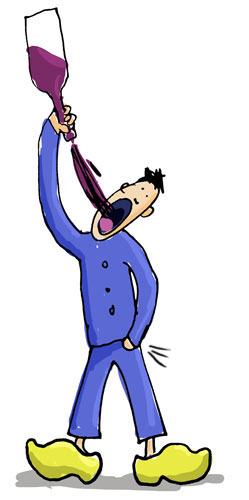 |
Merde? |
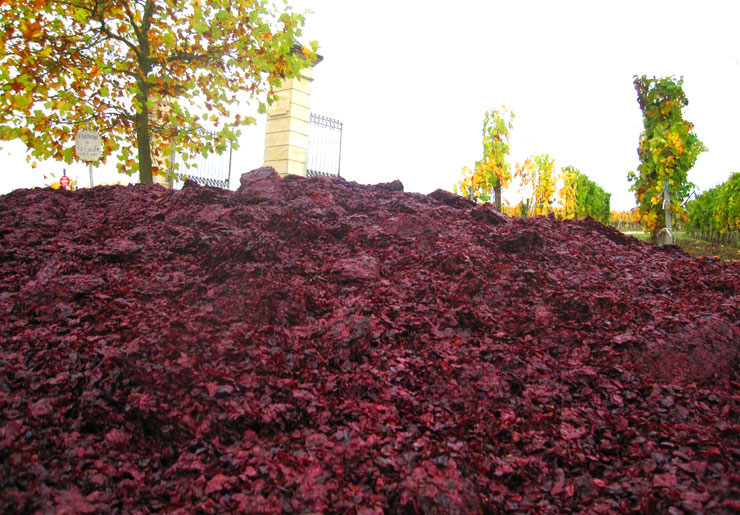 |
Almost. |
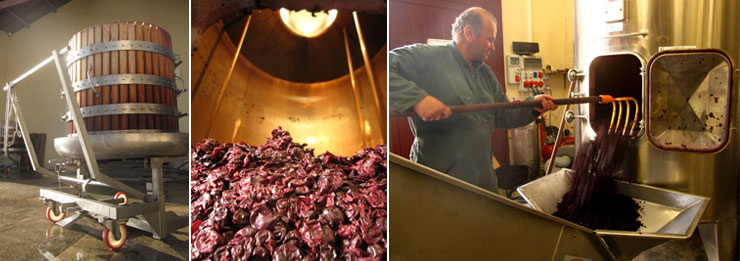 |
The wine press; for a whole year it has been standing in a faraway corner of the wine cellar collecting dust. About three weeks after the harvest, then the grapes have become wine, he’ll be moved towards the sunlight and abruptly awoken by a few jets of water. |
The wine is pumped in to another cuve. The grapes have pressed themselves by means of their own weight and the grape skins lie at the bottom. Régis is shoveling out of the cuve to put the skins in the press, which will be used for the first time this year.
|
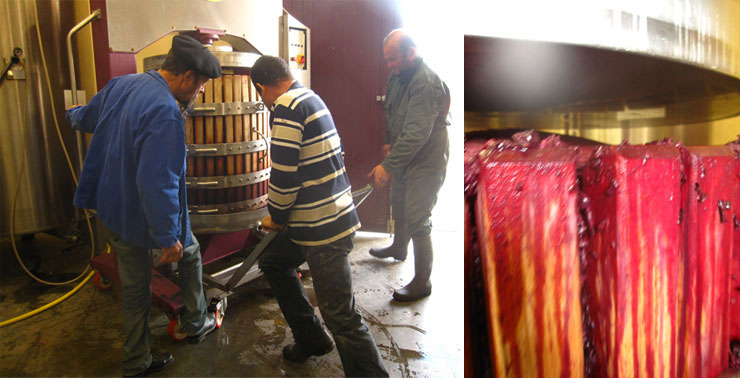 |
The skins are the biggest suppliers of tannins, pressing hard would result in too much of that sourish stuff. Therefore the grape jackets are pressed with a carefulness as if they were rose petals; the wine press starts to bleed. |
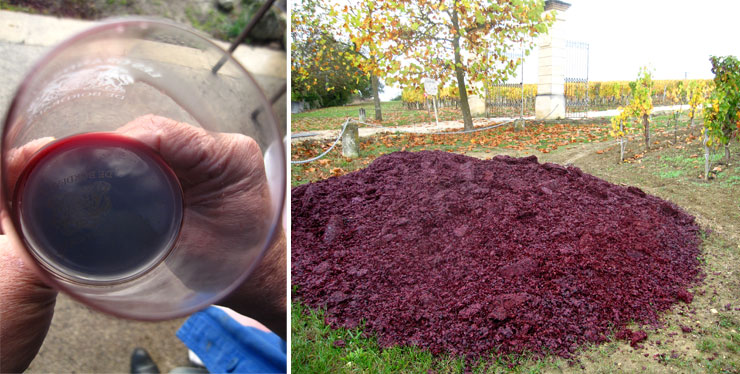 |
Nevertheless, this Vin de presse is always rich in tannins, which is why we keep it carefully separated from the rest of the wine. Not until next year with the assemblage, do we add a small amount of it to the Château de la Garde 2009. |
Napoleons law of 1812 has never been changed. Even today wine makers throughout France dump all their press grape skins, with a diabolical smile, next to their castle gates, which will be picked up by a government truck. Voilá, la Republique Française, Santé! With compliments of the wine maker! |
PS: The French government, amongst other things, distills alcohol from these pressed grape skins with medicinal purposes. It’s possible that when I cut myself in my finger during the next harvest that the wound will be cleaned by alcohol made from my own grapes. A pleasing thought. |
| Cheating |
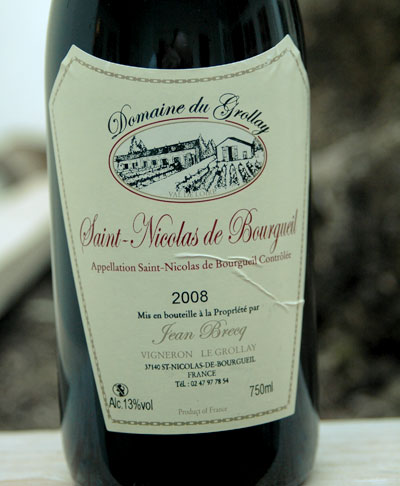 |
Having caviar every day also becomes common. The same goes for Bordeaux wine, so we, while at the Auchan in Bordeaux, opted for a red wine from the Loire region. When, at dinnertime, we were back at the castle-table and opened the bottle the fruit blew out of it like a summer breeze. Reason enough to schedule a stop on the way back to The Netherlands at its producer. |
Buying wine from the wineboer Around Tours the landscape changes from green to cream-white. Castles, built out of limestone gotten from the very ground the castles stand on, rise out of the white earth. |
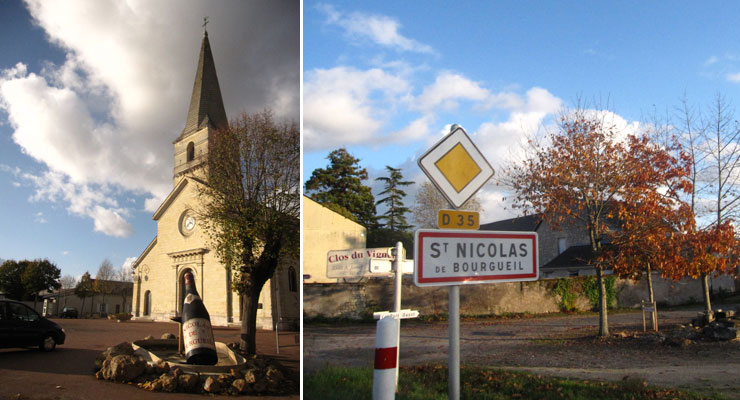 |
First the wine, then the church. This is a prospering wine region, among other things due to this separation of main points and side points. |
Adventuring thought the wine label |
If you have an eye for it, you can read a winelabel like an exciting book. How does that work? |
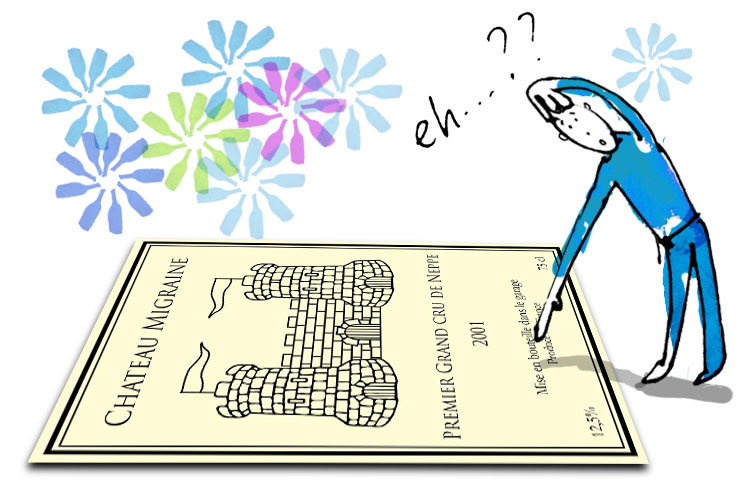 |
An exquisitely stinky smell |
According to wine-connaisseurs it is better to have white than red wine to accompany cheese. The acids in the white wine are more capable of standing up against the often strong taste of cheese. |
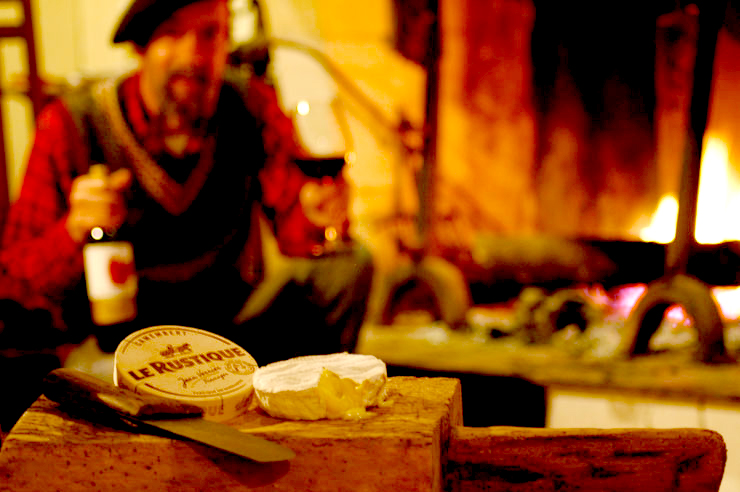 |
In our Château de la Garde private-wine cellar one can find hundreds of different tasteful wines in all price ranges, but with a cheese like Le Rustique I prefer to drink a juicy Tulipe Rouge. |
Books eclipse the horizon |
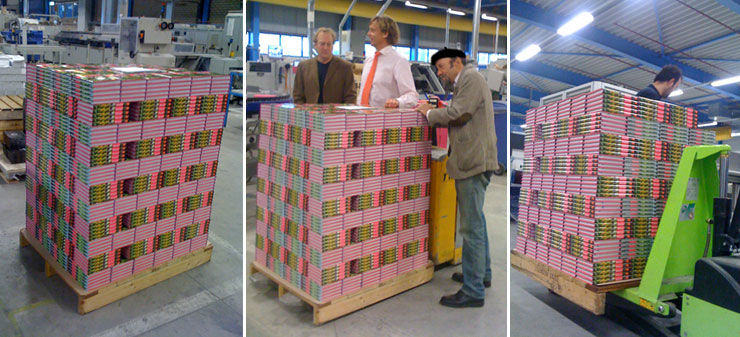 |
Merde! I wouldn’t recommend this to anyone. Eye to eye with your own testosterone. A gigantic printing office in uproar, only because some wine farmer just had something to say. My God… a wall of pallets with Slurps, smiling at me… |
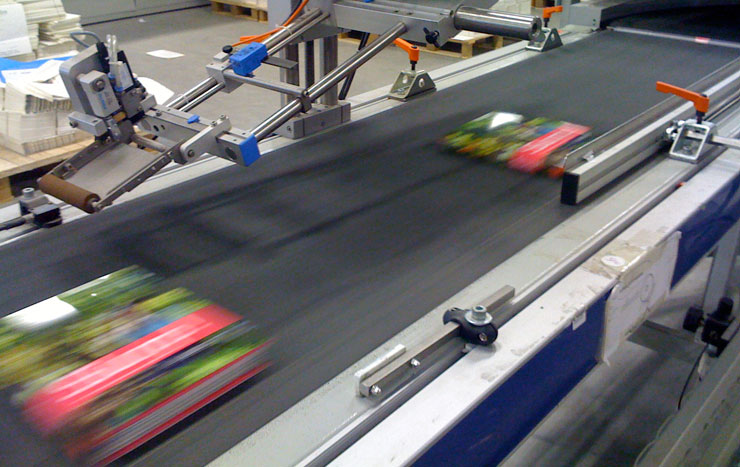 |
And it doesn’t stop! Enough to make you dizzy! |
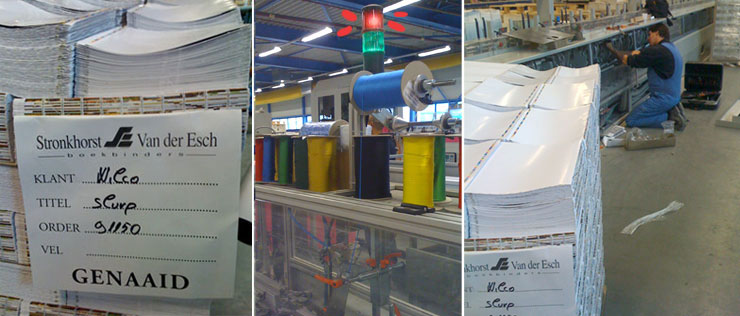 |
| ! I hope that this denotation doesn’t reflect upon the publisher Bruna! | Luckily the machine making the bookmark-ribbons (colour: ‘dauphin bleu’) crashed. | This however didn’t last, the specialist (dresscode: ‘dauphin bleu’), in desperation flown in from Paris, managed to restore the machine to its former glory and the projected print of 20,000 copies was reached in no time at all. |
Santé! Et à la prochaine!
|
Slurp! The new wineboerenbook, |
